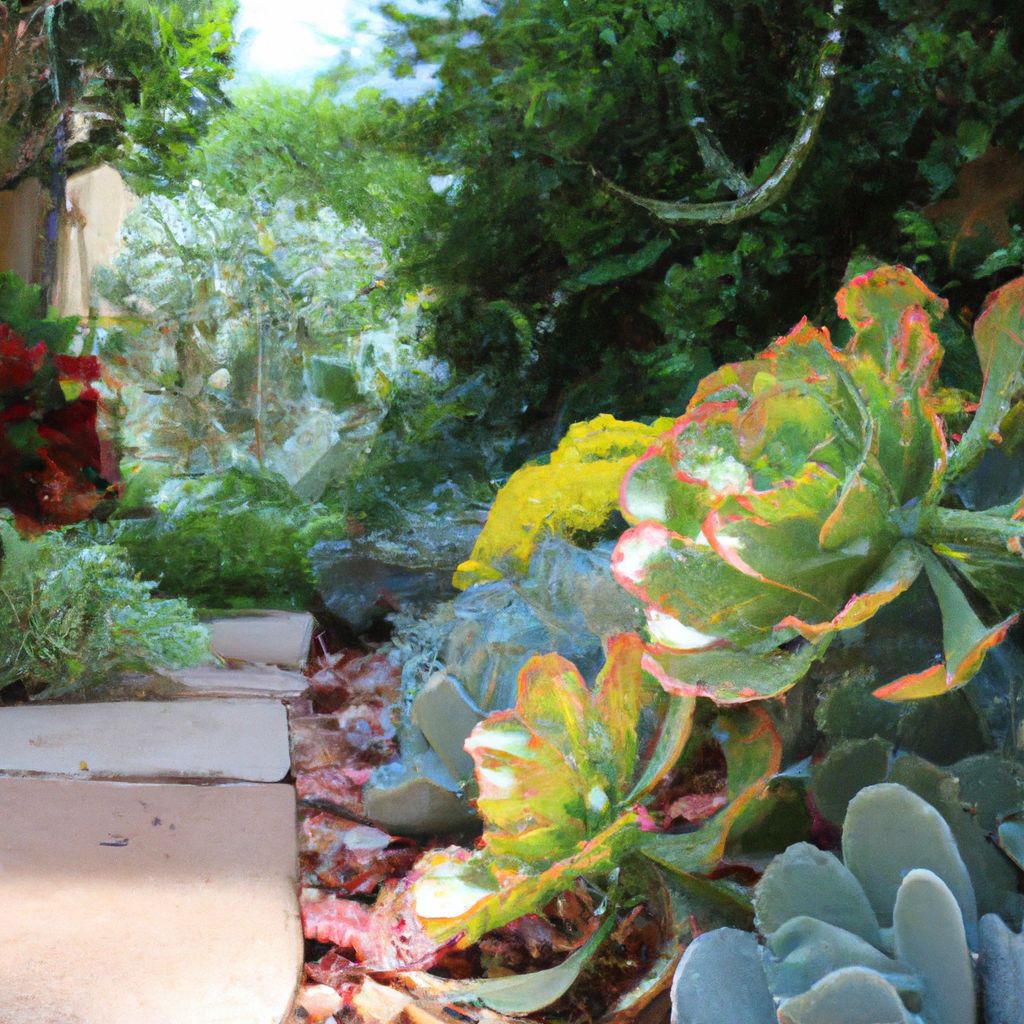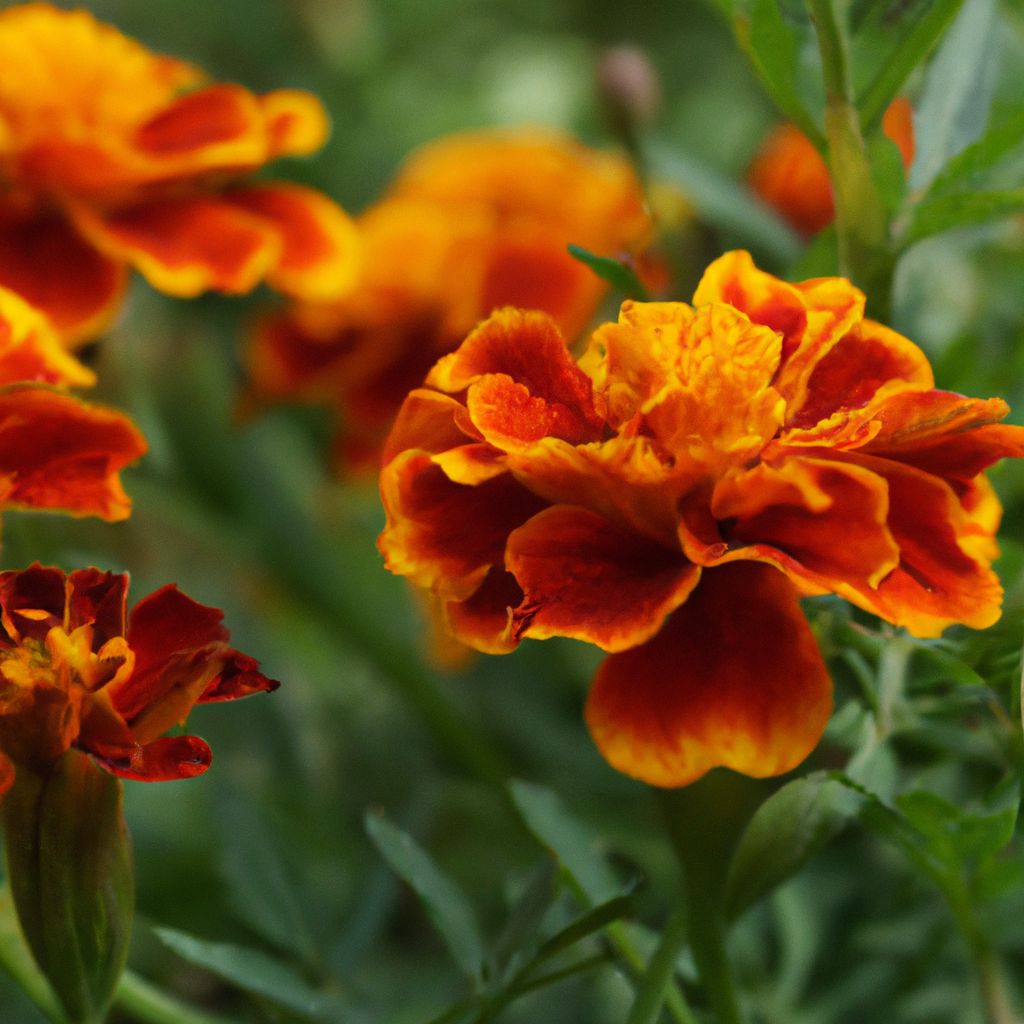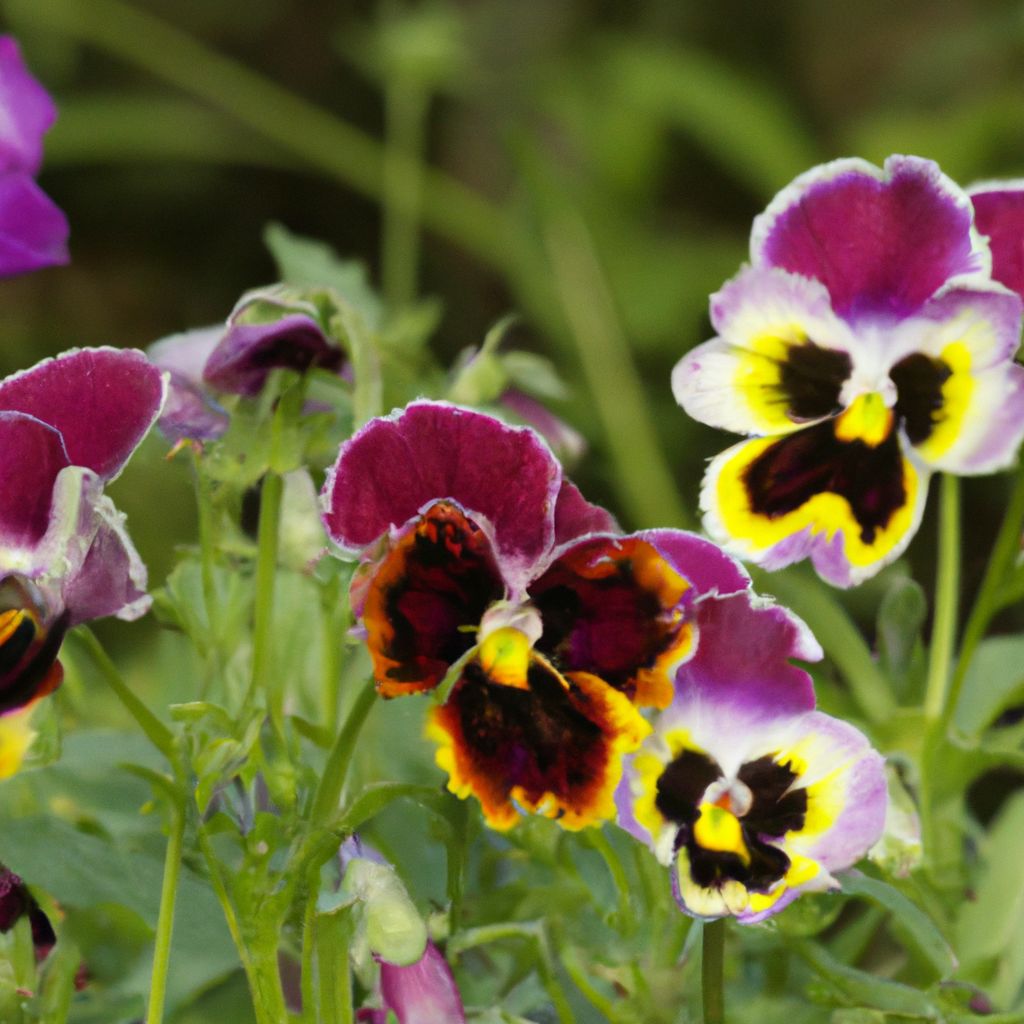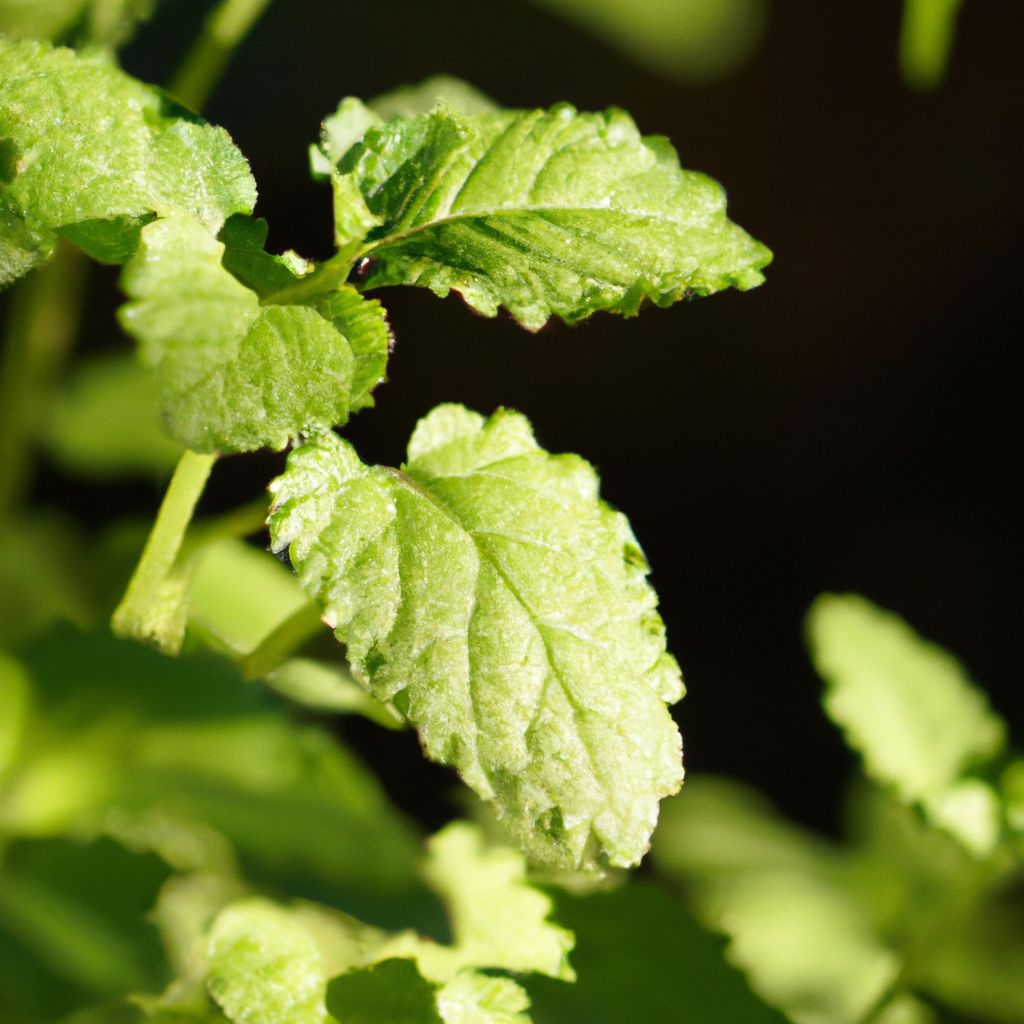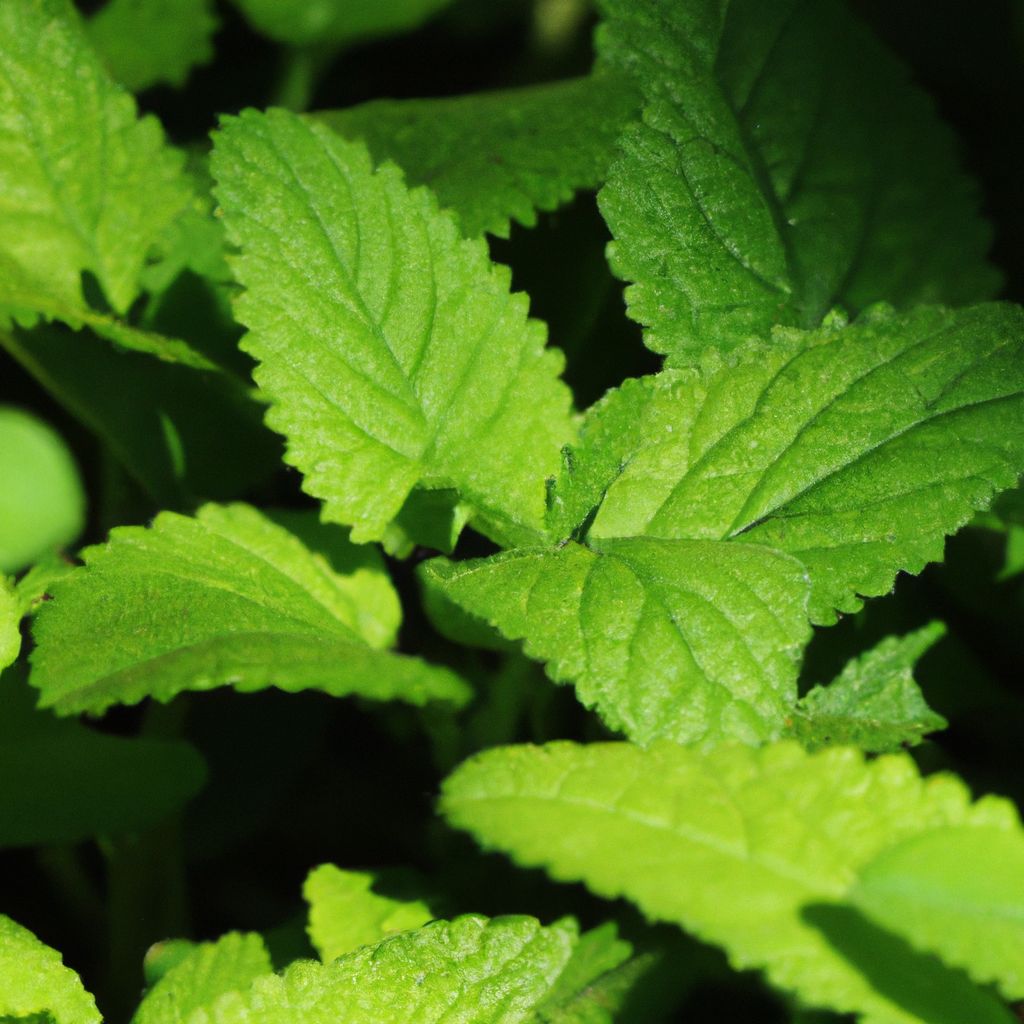Xeriscaping refers to landscaping techniques that conserve water and reduce maintenance requirements. The concept originated in Colorado in response to drought, but has since spread worldwide.
Principles of Xeriscaping
- Planning and design to maximize water efficiency
- Improving the soil with compost and mulch
- Utilizing drip irrigation and rainwater catchment
- Selecting native plants adapted to drought
- Practicing optimal maintenance and pruning
- Reducing lawn areas
Benefits of Xeriscaping
- Water conservation
- Cost savings on utilities
- Less maintenance and mowing
- Promotion of native plants and habitats
- More sustainable and ecologically friendly practices
Xeriscaping tools equip gardeners to successfully embrace these principles and transform their landscapes.
Top 10 Essential Xeriscaping Tools
1. Mulching Tools
Mulching is a critical component of xeriscaping. A 2-3 inch layer of organic mulch around plants helps:
- Retain moisture and prevent evaporation
- Reduce weed growth
- Regulate soil temperature
- Prevent erosion
- Improve soil nutrition over time as it decomposes
Essential Mulching Tools Include:
- Pitchfork – Aerates and loosens soil before laying mulch
- Shovel – Scoops and spreads mulch evenly over beds
- Bow Rake – Levels out mulch to the desired depth
- Garden Fork – Loosens compacted mulch to improve water and air circulation
- Wheelbarrow – Transports bulk bags of mulch around the garden
Key Tips:
- Use coarser shredded bark mulch which resists compacting
- Replenish mulch annually as it decomposes
- Keep mulch 2-3 inches back from plant stems to prevent rot
2. Drip Irrigation System
Drip irrigation delivers water slowly and directly to plant roots through a network of tubes and emitters. This conserves water by minimizing evaporation, runoff, and waste.
A drip system includes:
- Water source – Tap, rain barrel, or hose attached to an outdoor spigot
- Mainline tubing & control valves – Distributes water from the source
- Thinner distribution lines with drip emitters – Waters each individual plant
- Timers, filters, pressure regulators – Automates the system and optimize performance
Benefits of Drip Irrigation:
- Conserves water – Less wasted through evaporation or runoff
- Precise control – Customize water output for each plant’s needs
- Healthier plants – Direct water absorption prevents foliar diseases
- Flexible – Easily expanded or adapted as the garden evolves
- Low maintenance – Operates at low pressure with minimal clogging
Installing a drip irrigation system may require some investment upfront, but the long-term water savings make it well worth it.
3. Rainwater Harvesting Systems
Collecting rainwater in barrels, tanks, or cisterns reduces reliance on the municipal water supply and provides a free source of irrigation. Common components include:
- Catchment surface – Roof or other collection area
- Gutters & downspouts – Channel water into storage
- Storage containers – Barrels, tanks, or cisterns
- Debris screen – Filters out leaves and particles
- Overflow outlet – Safely drains excess water
- Spigot/hose – Draws water for use in the garden
Tips for Harvesting Rainwater:
- Use food-grade containers and avoid metals that may leach
- Keep storage containers elevated to utilize gravity flow
- Inspect gutters and screens regularly to prevent clogging
- Consider adding a first flush diverter to bypass initial contaminants
- Use within 1-2 weeks and avoid drinking untreated rainwater
4. Soil Moisture Meters
These devices measure moisture levels in soil so you know exactly when to water. Guided by reliable data rather than guesswork prevents both overwatering and underwatering.
- Analog and digital models available
- Equipped with probes inserted into the ground
- Provide moisture readings via dial gauge or digital display
Selecting a Meter:
- Analog models are simpler and more affordable
- Digital provides greater accuracy and multiple readings
- Longer probes reach deeper roots for trees and shrubs
Regularly monitoring with a soil moisture meter takes the ambiguity out of watering and helps establish optimal irrigation practices.
5. Pruning Shears
Pruning encourages healthier, more vigorous growth by:
- Removing dead or damaged branches
- Improving air circulation and light exposure
- Shaping and maintaining plants attractively
- Stimulating the production of new shoots and flowers
Bypass shears with curved blades that cut like scissors are ideal for precision pruning. Features to look for include:
- Sharp, high-quality steel blades
- Lightweight aluminum or steel alloy handles
- Comfort grip and shock absorber
- Locking mechanism for safety
Pruning Tips:
- Sterilize blades between plants to prevent disease spread
- Learn proper pruning techniques for each plant variety
- Time appropriately – Avoid pruning before winter or during peak growth
- Make clean cuts just above buds or branch nodes
Routine pruning with quality shears makes plants more drought-tolerant by removing excessive growth that requires more water.
6. Weed Pullers
Weeds compete with landscape plants for water and nutrients. Eliminating them by hand is an eco-friendly alternative to chemical herbicides. Weed puller options include:
- Hula hoe – Skims just under soil surface to sever roots
- CobraHead® – Uses leverage for removing deep taproots
- Stand-up weeder – Allows pulling without bending over
- Weed popping tools – Loosens soil for easy hand weeding
- Garden claw – Grabs and extracts weeds by the root
Weeding Best Practices:
- Focus on removing perennials with deep or spreading roots
- Pull weeds when soil is slightly moist for clean removal
- Seal unwanted plants in plastic bags to prevent re-rooting
- Apply mulch to block light and deter future weed seeds
- Be persistent – Weed after rain showers and growing seasons
Vigilant weeding reduces competition so more water reaches your desired plants.
7. Hori Hori Garden Knife
This traditional Japanese weeding knife is valued for its versatility. The stainless steel blade combines a straight edge for slicing and a serrated edge for digging. Uses include:
- Weeding – Sever taproots below ground
- Digging holes or furrows – Sharp edge penetrates compacted soil
- Cutting through roots – Quickly divide plants or take cuttings
- Pruning – Small cuts and detailed shaping
- Measuring – ruler markings on blade
When purchasing a Hori Hori knife, look for:
- Durable stainless steel blade
- Comfortable handle with hand guard
- Protective sheath for safety and blade care
- Blade width optimal for your purposes
The agility of this multi-purpose tool facilitates detailed gardening work in tight spaces of a xeriscape.
8. Gardening Gloves
Gardening gloves shield hands from abrasions, blisters, punctures, and cuts. They allow you to work comfortably handling prickly xeriscaping plants.
- Leather gloves provide toughness and breathability
- Latex-dipped gloves add extra grip and dexterity
- Rubber coated fabric gloves are lightweight and flexible
- Long gauntlet gloves offer added wrist protection
Selecting Gardening Gloves:
- Assess tasks – Heavy pruning requires more protection
- Ensure good fit allowing flexibility
- Look for moisture wicking and ventilation
- Reinforced palms and fingers add durability
- Washable gloves maintain hygiene
Quality gloves aid pruning, planting, weeding, and other hands-on gardening chores.
9. Garden Trowel
A hand trowel allows precise digging when planting, transplanting, and cultivating in a xeriscape garden. Features to look for include:
- Stainless steel heads – resist rust
- One-piece cast aluminum – lightweight but strong
- Ergonomic handle – enhances grip and control
- Depth measurements – aids planting at proper levels
Trowel Uses:
- Dig narrow holes for small plants and bulbs
- Transplant seedlings from pots into garden beds
- Mix amendments into soil before planting
- Spread granular fertilizer or organic compost
- Unearth weeds by the roots
- Divide crowded perennials
Choose a trowel sized appropriately for your hand and the tasks at hand.
10. Leaf Rake
Leaf rakes make quick work of clearing fallen leaves, grass clippings, and garden debris. Benefits include:
- Wide head covers more surface area
- Tines gather debris without damaging plants
- Long handle eliminates bending over
- Ventilation promotes drying to prevent fungal issues
- Can also spread mulch, compost, gravel, and sod
Selecting a Leaf Rake:
- Metal tines offer strength and flexibility
- Wooden tines are lightweight but absorb moisture
- Look for a sturdy, high-tension head assembly
- Cushioned grip enhances comfort and control
- Width sized appropriately for your beds
Maintaining a clean garden helps maximize sunlight, air flow, and water access for your plants.

Additional Hand Tools
- Digging Shovel – Use to break ground, dig planting holes, move soil, mix amendments, edge beds
- Garden Hoe – Loosens soil, creates furrows, chops weeds, aerates compacted areas
- Cultivator – Deep pronged tool for breaking up dense soil and removing weeds
- Garden Fork – Use to turn compost piles, loosen and aerate soil, or spread mulch
- Bow Saw – Prune small trees and shrubs; curved blade allows fast sawing motions
- Loppers – Bypass blade design cuts thicker branches up to 2 inches diameter
- Hedge Shears – Makes quick work of pruning hedges and bushes for shaping
- Line Level – Verify planting beds, hardscapes, and irrigation pipes are level
- Garden Hose – Flexible hose for hand watering plants not on drip irrigation
- Nozzle/Wand – Controls water flow from hose to target plants and save water
- Sprinkler – Temporary supplemental watering for establishing new plants
Power Tools
Cordless power tools provide an efficient option for tackling heavy-duty xeriscaping tasks. These include:
- Cordless drill – Install components of drip irrigation systems
- String trimmer – Edge along fences, walkways, and beds
- Hedge trimmer – Sculpt ornamental grasses and bushes
- Chainsaw – Prune mature trees and shrubs
- Leaf blower – Clear walkways and patios of debris
- Tiller – Thoroughly blend amendments into dense soil
When Using Power Tools:
- Wear protective eyewear and noise protection
- Check battery charge and monitor for overheating
- Ensure solid, stable footing before operating
- Keep cordless tools stored safely indoors when not in use
Power tools facilitate large-scale xeriscaping tasks, but require caution. Follow all safety guidelines provided in manuals.
Selecting the Right Xeriscaping Tools
Choosing the appropriate tools ensures efficiency, avoids frustration, and protects your investment. Consider the following:
Garden Size & Scale
- Small spaces → Compact, lightweight hand tools
- Large yards → Long-handled tools that reduce bending
- Mature trees/shrubs → Heavy-duty tools like loppers and saws
Ergonomics & Comfort
- Cushioned, textured grips reduce hand fatigue
- Lightweight design avoids muscle strain
- Balance and leverage optimize control
Durability & Construction
- Stainless steel resists rust and withstands rigorous use
- Forged aluminum provides strength without heavy weight
- Solid steel blades and tines offer longevity
Specialized Features
- Locking mechanisms on shears, knives, and loppers
- Depth measurements on trowel blades
- Removable handles for compact storage
Investing a little more initially in well-designed tools made of quality materials will pay off through years of sustained performance.
Acquiring Xeriscaping Tools
You can obtain the essential xeriscaping tools through the following sources:
- Local nurseries and garden centers – Large selections available to view and trial in person
- Home improvement stores – One-stop shop often with volume discounts
- Online retailers like Amazon – Convenience of tools delivered to your door
- Used tools classifieds and swap groups – Save money purchasing gently used equipment
- Tool rental stores – Useful for large power tools or one-time projects
- Gardening neighbors or community tool banks – Borrow instead of purchasing specialty tools
Where feasible, try tools out before purchasing to ensure they feel comfortable and balanced. Well-chosen tools suited to your needs will make xeriscaping an enjoyable and fulfilling endeavor.
Caring for Your Xeriscaping Tools
With proper care and maintenance, quality xeriscaping tools will last for years. Follow these tips:
- Clean tools after each use – Removes soil and debris that causes rust and dulls blades
- Dry metal surfaces – Prevent moisture damage; store in a dry shed or garage
- Sharpen and oil blades – Maintains cutting performance and prevents wood handles from drying out
- Replace worn handles and grips – Ensure comfort and prevent splintering injuries
- Lubricate moving parts – Keeps tools operating smoothly
- Check for damage – Repair loose heads, cracked handles, etc. before further use
- Organize tools logically – Makes finding the right tool quick and easy
A few minutes of basic tool care extends usefulness and protects your investment. Maintained tools also produce better results.
Xeriscaping Tools by Task
This table summarizes which tools are optimal for various landscaping tasks involved in xeriscaping:
| Task | Recommended Tools |
|---|---|
| Digging Holes | Shovel, Garden Trowel, Hori Hori Knife |
| Transplanting | Garden Trowel, Hori Hori Knife |
| Weeding | Hula Hoe, CobraHead Weeder, Hori Hori Knife, Garden Claw |
| Pruning | Bypass Pruners, Loppers, Bow Saw, Hedge Shears |
| Edging | Half Moon Edger, Garden Spade |
| Soil Preparation | Shovel, Garden Fork, Garden Rake, Garden Hoe, Tiller |
| Mulching | Garden Rake, Pitchfork, Shovel, Wheelbarrow |
| Leveling | Garden Rake, Line Level |
| Laying Sod | Garden Rake, Lawn Roller |
| Measuring | Tape Measure, Hori Hori Knife |
| Watering | Garden Hose, Drip Irrigation Tubing, Nozzle/Wand, Sprinkler |
| Composting | Garden Fork, Compost Thermometer |
| Clean Up | Leaf Rake, Brush & Dustpan |
Referring to this table helps identify the right tools for your particular gardening needs as you install and maintain your xeriscape.
Frequently Asked Questions About Xeriscaping Tools
What are the five most essential tools for basic xeriscaping projects?
The top five basic tools include:
- Trowel for digging and planting
- Pruners for trimming plants
- Shovel for preparing soil
- Rake for clearing debris
- Garden hose or drip irrigation for watering efficiently
How can I incorporate xeriscaping principles using basic tools I already own?
- Use a trowel to make small planting holes for drought-tolerant plants
- Add organic mulch with a pitchfork and rake to conserve moisture
- Install soaker hoses or drip irrigation using a utility knife and garden stakes
- Prune excess growth with hand shears to reduce plant water needs
- Monitor soil moisture with a moisture meter before deciding when to water
What are some ways to acquire quality xeriscaping tools on a budget?
- Check used tools classifieds and swap groups
- Rent power tools or specialty equipment as needed
- Split costs by sharing tools with gardening neighbors
- Purchase affordable basic tools and upgrade over time
- Take advantage of seasonal sales at garden centers
- Clean and restore old tools brought back to life
- Shop warehouse stores with discounted prices
How can I ensure the longevity of my xeriscaping tools?
- Clean tools after each use and dry metal surfaces
- Sharpen and oil cutting blades routinely
- Lubricate moving parts like pulleys and gears
- Check for rust; remove with steel wool and touch up paint
- Replace worn handles, grips, guards as needed
- Correct damage immediately before it worsens
- Store tools properly indoors away from rain and moisture











































